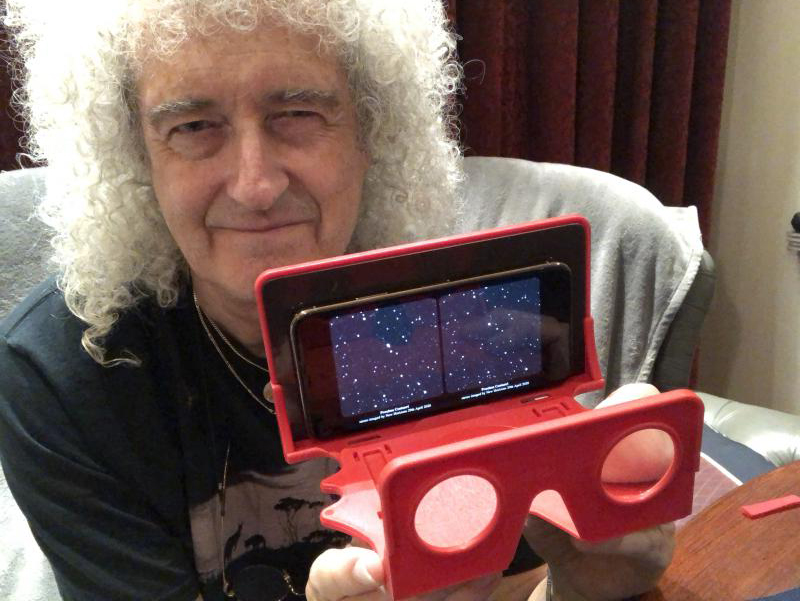NASA’s New Horizons mission deep in the Kuiper Belt has measured the parallax to two nearby stars with the help of Earth-based observers.
In April, we put a call out to amateur astronomers for a unique project: Take a picture of one of two nearby stars and, ultimately, combine your data with the images from NASA's New Horizons mission in the Kuiper Belt. The result: a measurement to the stars — and to New Horizons itself.
Amateurs and professionals alike took part, sending in their images from Earth. Southern Hemisphere observers could capture 11th-magnitude Proxima Centauri, 4.2 light-years away in the southern constellation Centaurus. Northern Hemisphere observers had a slightly more distant option, 13.5-magnitude Wolf 359, a star 7.9 light-years away in Leo.
The results clearly show the effect of parallax, measured across the longest baseline ever: 4.3 billion miles (6.9 billion km).
The easiest way to see what parallax means is to hold a finger in front of your nose. Close one eye, then the other, and you'll see the position of your finger shift against the background of more distant objects. This shift in apparent position is exactly what people were measuring on April 22–23. Except rather than use the baseline between your eyes, the baseline was between Earth and the New Horizons spacecraft, currently deep in the Kuiper Belt in the outer solar system.
We can measure parallax from Earth, too, by measuring how a star's position varies across Earth's orbit. For example, Proxima Centauri shifts position relative to background stars if viewed in the fall and then in the spring. But the shift is only 0.769 arcsecond, imperceptible to the naked eye.
The parallax observed by New Horizons and Earth observers, on the other hand, is easily seen in the images below. (The background stars in these images are much more distant, so their parallax is too tiny to see.)

Earth: Mt. Lemmon Observatory / John F. Kielkopf (Univ. of Louisville) and Karen A. Collins (Center for Astrophysics, Harvard & Smithsonian); New Horizons: NASA / JHUAPL / SWRI

Earth: Las Cumbres Observatory, Siding Spring node; New Horizons: NASA / JHUAPL / SWRI
Interestingly, the combined spacecraft- and Earth-based measurements also provided New Horizons' position, a rough first attempt at a kind of interstellar navigation. "They put us right in the Kuiper Belt," says New Horizons principal investigator Alan Stern (Southwest Research Institute).
As New Horizons flies onward into interstellar space, the stars will gradually shift in its perspective, eventually showing it a view quite different from our own. "New Horizons is looking at an alien sky," Stern says.
Your Turn
Did you participate in the April 22–23 event? Download the New Horizons images, available here, and use your own images to create your own version of the stereo view. Find further instructions and information on how to share your creation on the New Horizons website. If you're sharing on Twitter, use #NHparallax to alert the New Horizons team.

Brian May
Questions?
You asked, they answered! See what New Horizons principal investigator Alan Stern, contributing scientist and Queen guitarist Brian May, and other team members had to say in the June 11th Reddit Ask Me Anything event.
 1
1









Comments
[email protected]
June 16, 2020 at 8:11 am
Are the New Horizons and/or the Voyager probes far enough away from each other to use the stellar parallax technique to measure the distance to a Cepheid variable star ? If this is possible then the distances on a galactic scale could be measured much more accurately.
You must be logged in to post a comment.
You must be logged in to post a comment.